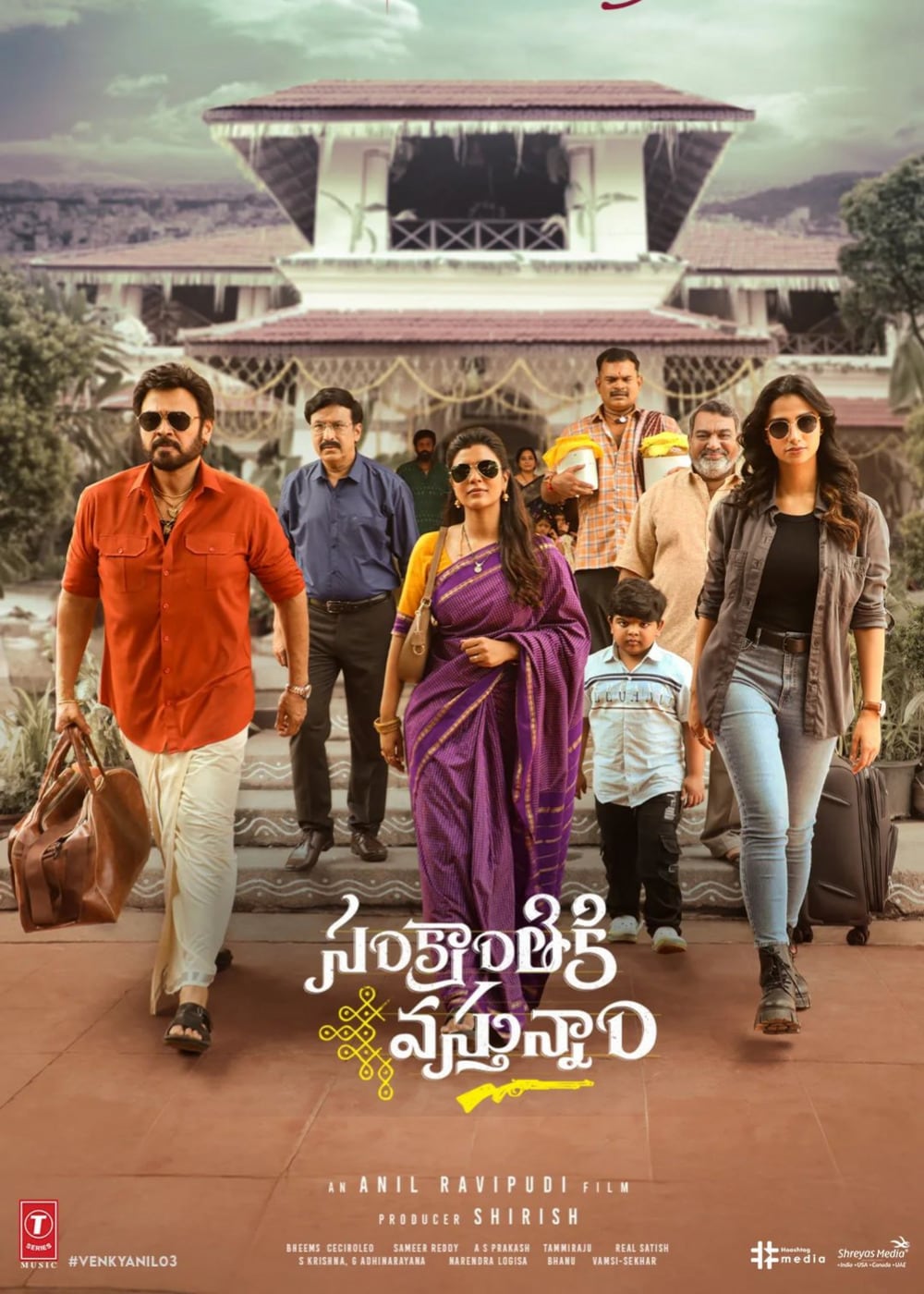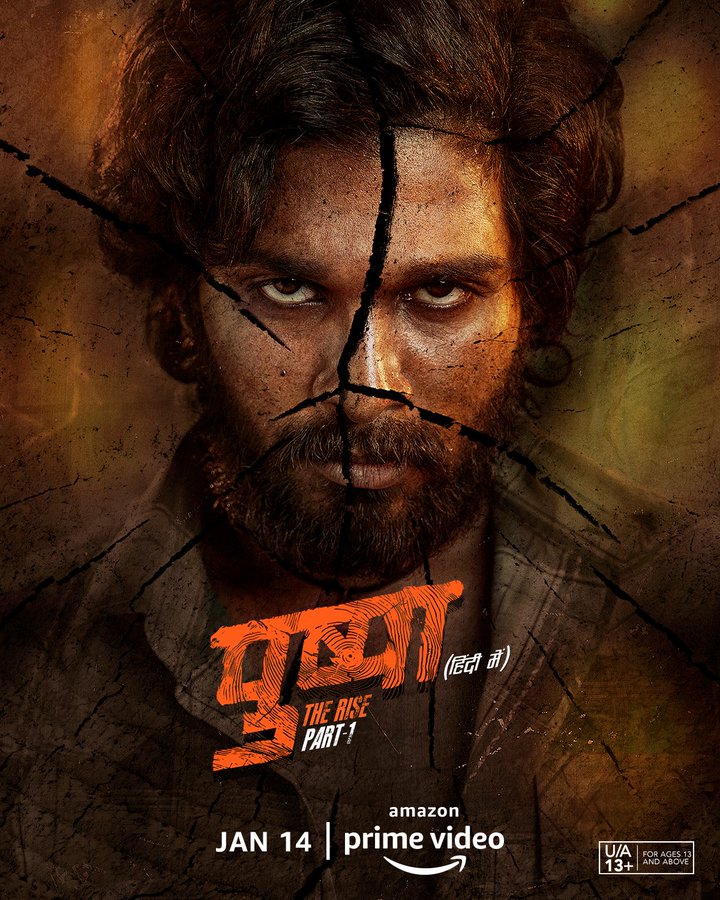Why are South Korean movies gaining immense popularity worldwide? A blend of unique storytelling, cultural richness, and cinematic innovation has positioned South Korean cinema at the forefront of global entertainment. From gripping thrillers to heartwarming dramas, the film industry in South Korea continues to captivate audiences across continents. This phenomenon isn't just limited to Hollywood blockbusters or Bollywood classics; it extends beyond borders, proving that great storytelling transcends language barriers.
Filmyzilla download, a popular website known for sharing updates about movies from Bollywood, South Indian, Hollywood, Tamil, and Telugu industries, highlights how diverse film cultures interact globally. However, the rise of South Korean films deserves special attention due to their ability to redefine genres while maintaining authenticity. One notable example is Parasite, which introduced international audiences to the distinct South Korean aesthetic. The film's success paved the way for other South Korean productions, showcasing themes ranging from social inequality to supernatural horror.
| Category | Details |
|---|---|
| Name | Bong Joon-ho (Director of Parasite) |
| Birthdate | September 14, 1969 |
| Place of Birth | Daegu, South Korea |
| Education | Yonsei University (Film Studies) |
| Career Highlights |
|
| Professional Recognition | IMDb Profile |
The appeal of South Korean movies lies not only in their visual grandeur but also in their narrative depth. For instance, aviation enthusiasts can find excitement in films set against the backdrop of air travel, such as those depicting pilots risking their lives flying under dangerous conditions in South America. These stories often combine drama with romance, creating an emotional resonance that keeps viewers engaged. Similarly, horror enthusiasts have embraced South Korean offerings like The Wailing, inspired by local urban legends, further cementing the country's reputation for innovative storytelling.
Exploring the top 10 best airplane movies reveals a fascinating intersection between technology and human experience. Among these, South Korean contributions stand out for their meticulous attention to detail and authentic portrayal of aviation culture. Such films remind us that even amidst mechanical precision, there remains room for human error, passion, and heroism. As we delve deeper into this genre, one cannot overlook the broader spectrum of South Korean cinema encompassing various styles and subjects.
According to IMDb data as of April 2019, several South Korean movies rank highly based on popularity metrics. Titles like Train to Busan capture the imagination through intense action sequences combined with meaningful character development. Set during a zombie outbreak in South Korea, the film examines relationships among passengers struggling to survive aboard a train traveling from Seoul to Busan. Meanwhile, historical epics provide insights into significant events shaping modern-day Korea, offering both entertainment and education.
In addition to contemporary hits, older films play crucial roles in preserving cultural heritage. Public domain lists highlight classic Indian movies categorized by language, including titles like A Holiday in South India. Such resources serve dual purposes—preserving cinematic history while making content accessible to new generations. By comparing different eras' filmmaking techniques, scholars gain valuable perspectives regarding evolution within respective industries.
South African cinema also boasts remarkable achievements worth celebrating. Ranked among the top 20 South African movies ever made, films like Tsotsi explore complex societal issues relevant today. Directed by Gavin Hood, Tsotsi won the Academy Award for Best Foreign Language Film in 2006, reinforcing Africa's potential contribution to world cinema. Other notable mentions include Gangster's Paradise: Jerusalema, Max and Mona, and Zulu, each contributing uniquely to national identity representation.
Poet Don Mattera famously referred to South Africa as the only country in Africa without a name, but a direction. His words resonate deeply when considering the trajectory taken by its filmmakers over decades. Through laughter, tears, and educational value, these movies reflect the essence of a vibrant nation striving toward progress despite challenges faced along the way.
Returning to South Korean cinema, streaming platforms now host extensive collections catering to varied tastes. Netflix alone features over 37 best Korean horror movies available for streaming, ensuring fans never run out of options. Examples include The Mimic, inspired by the legendary tale of the Jangsan Tiger, where lifelike mimicry blurs reality lines dangerously close to tragedy. Such creativity ensures sustained interest from global audiences eager to explore fresh narratives regularly.
Ultimately, whether discussing Bollywood blockbusters, South Indian masterpieces, Hollywood extravaganzas, or regional specialties like South Korean and South African films, the universal language of cinema unites people worldwide. Each region brings something special to the table, enriching collective experiences shared across screens big and small. As technology advances, accessibility increases, allowing greater appreciation for diverse voices shaping modern storytelling practices.
.jpg)



.jpg)